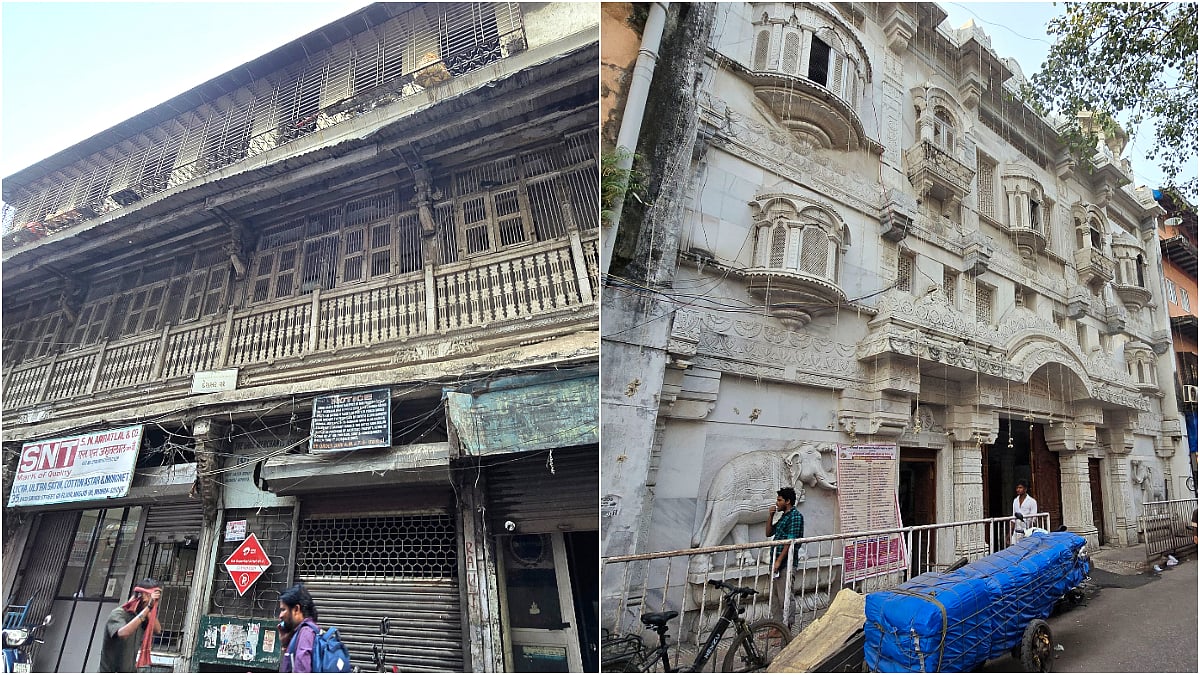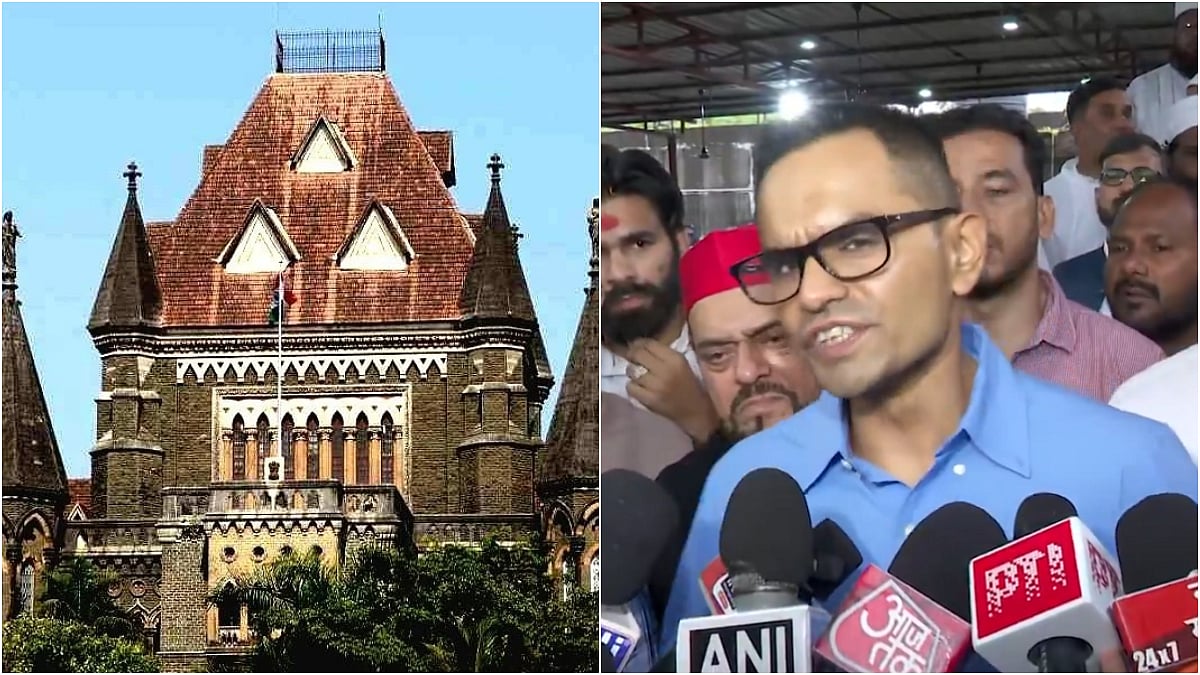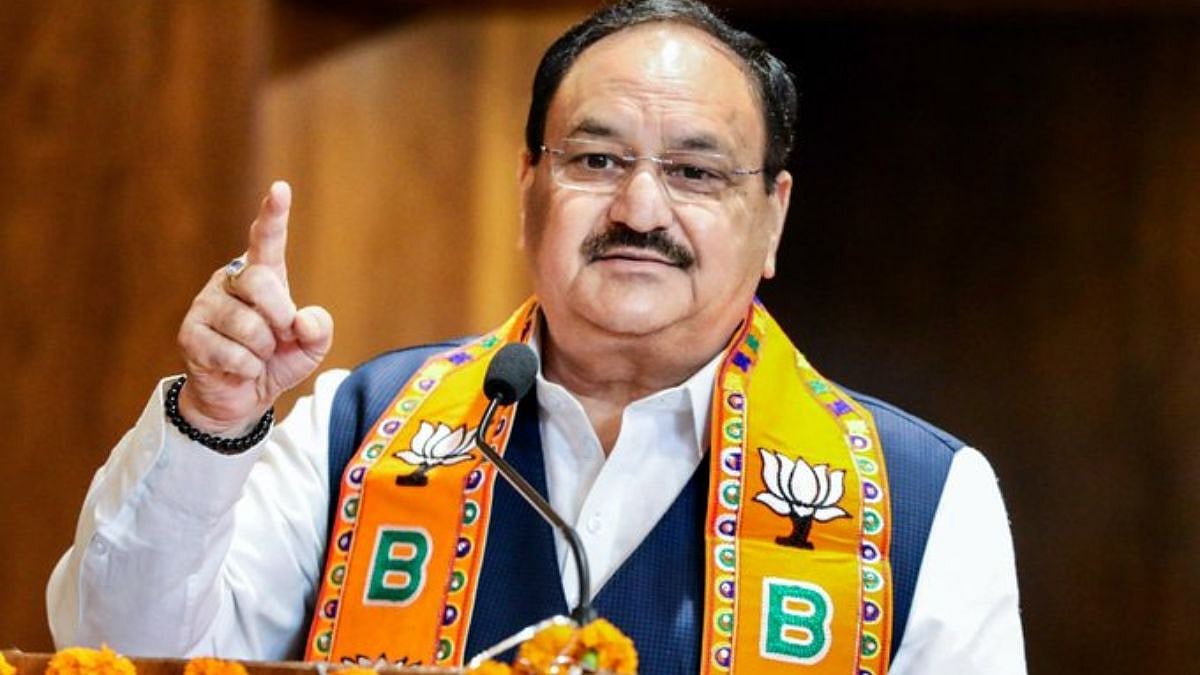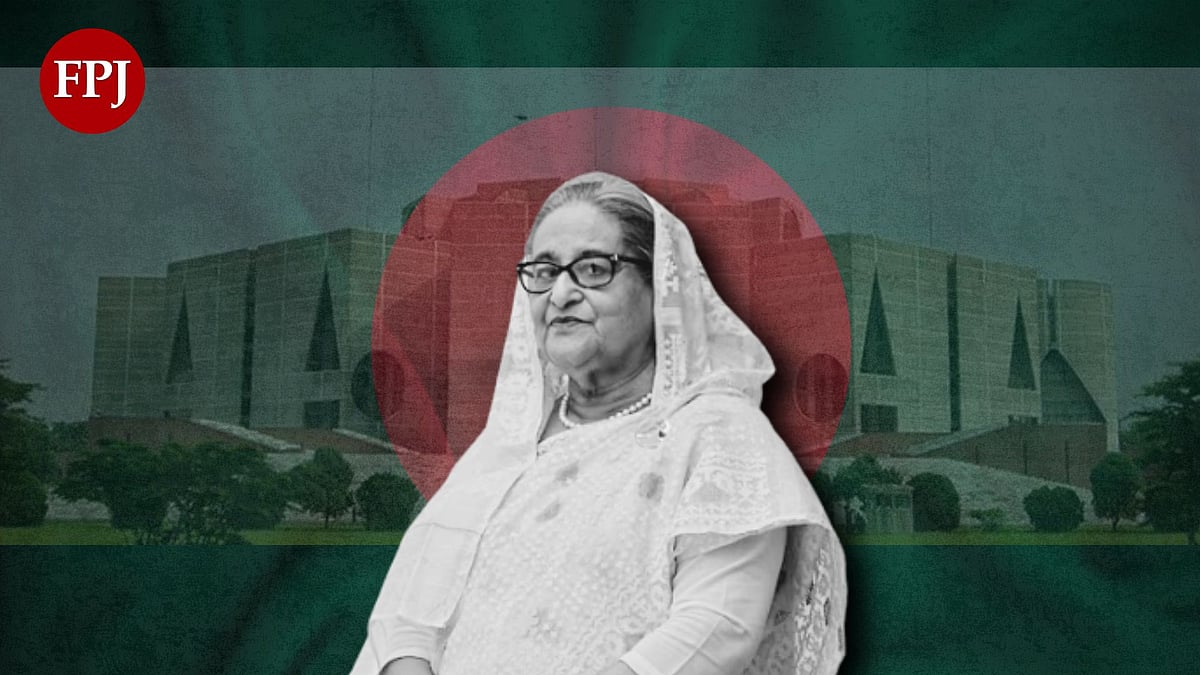The reconstitution of the BJP’s parliamentary board and the central election committee is a straw in the wind. It is now as clear as daylight who will lead the party at the hustings in 2024. The exclusion of Road Transport Minister Nitin Gadkari from the parliamentary board is significant. He has not just been claiming credit for road construction and making toll collection hi-tech, he has also been expressing his desire to step into the shoes of Prime Minister Narendra Modi. After all, he is a former BJP chief who reportedly enjoys the backing of the RSS leadership. However, to be ambitious is one thing and to express it is quite another — as Gadkari would have realised by now. Madhya Pradesh Chief Minister Shivraj Singh Chouhan, too, made the same mistake when a whisper campaign highlighted that he was the seniormost chief minister and the right one to succeed Modi. He forgot that he had been rejected by the voters and came back to power through political manoeuvring.
Too much of popularity can also be a liability, as UP chief minister Yogi Adityanath would have realised. When die-hard RSS supporters in New Jersey, US celebrated India's Independence Day, they showcased a bulldozer with the chief minister’s picture to bring home the point that he was the latter-day Hindu Hriday Samrat. There is a large section in the party which believes that he should be projected as Modi’s successor. It is to cut his ambition down to size that he was not included in either the parliamentary party or the central election committee. Defence Minister Rajnath Singh never makes any protestations of popularity and he is, therefore, not seen as a threat to anyone. The man who has virtually staged a comeback is BS Yeddyurappa, who will play a major role in the next election in Karnataka. It cannot but be seen as a setback for Chief Minister Basavaraj Bommai, who will have to accept the concept of collective leadership.
All this leaves the big question unanswered: who will lead the party in the next elections, which coincide with the centenary of the Rashtriya Swayamsevak Sangh? While coming to power at the Centre in 2014, Modi denied a ministerial berth to Lal Krishna Advani and Murli Manohar Joshi on the grounds that they had crossed the age of 75. In politics, there is no such cut-off age, as underscored by the fact that Morarji Desai was an octogenarian when he became the prime minister. Even if Modi wants to follow the principle, he cannot be prevented from leading the party in the 2024 elections as he would only be 73. However, Modi himself made exceptions to the rule when he appointed some partymen to gubernatorial positions. In other words, nothing prevents him from holding the post of prime minister till he completes the term in 2029. All these permutations and combinations depend on how successful he and his deputy Amit Shah are in leading the BJP to victory in the 2024 elections. Given the sad state of the opposition and the ingenuity of the Modi-Shah combine in thinking out of the box to influence the voters, the results are almost a foregone conclusion.
Striking a false note
Velappan was an exquisite counterfeit artist who lived in Kerala in the 20th century. He built a rudimentary press and printed currency notes of two-rupee denomination at a time when the daily wage of a labourer was Rs 2. He was caught, arrested and tried, but had to be let off because neither the judge nor the prosecution could distinguish the fake from the real. Velappan was given the benefit of the doubt and released, though he was once again caught in the act a few years later. When the police pursued him, he jumped into the river Pampa, which was in spate, where he had a watery grave. Elsewhere in the world, Velappan would have been engaged by the government to print tamper-proof notes of various denominations. After all, no one can guard better than a thief!
When Prime Minister Narendra Modi made his 8pm address to the nation to ban all currency notes of Rs 500 and Rs 1000 denominations, one of the purported aims was to identify the “large counterfeit notes” in circulation, printed and distributed ostensibly by our “friends” across the Line of Control. But when nearly 100 per cent high-denomination notes returned to the Reserve Bank, the bank failed to distinguish between the real and the fake. A report this daily carried on Thursday suggests that the amount of counterfeit notes in circulation has been growing manifold year after year. Today, Velappans seem to have been replaced by those who use state-of-the-art printing technology to print fake notes.









.jpg)